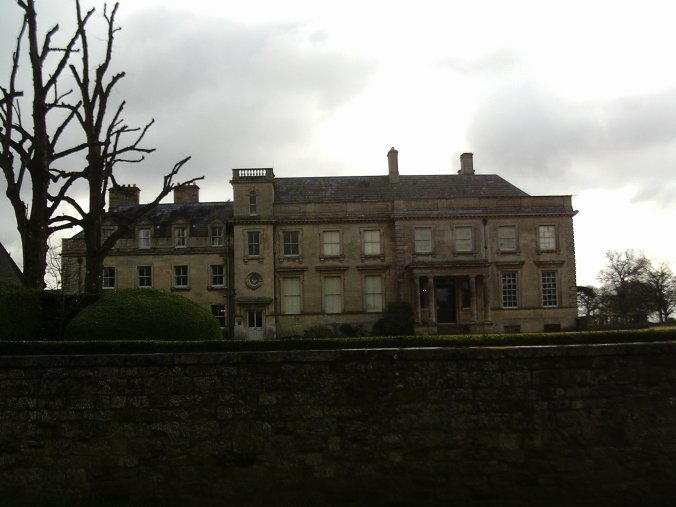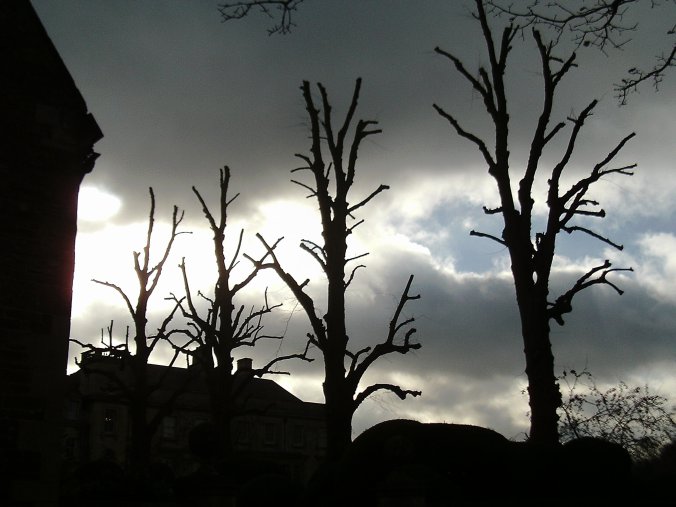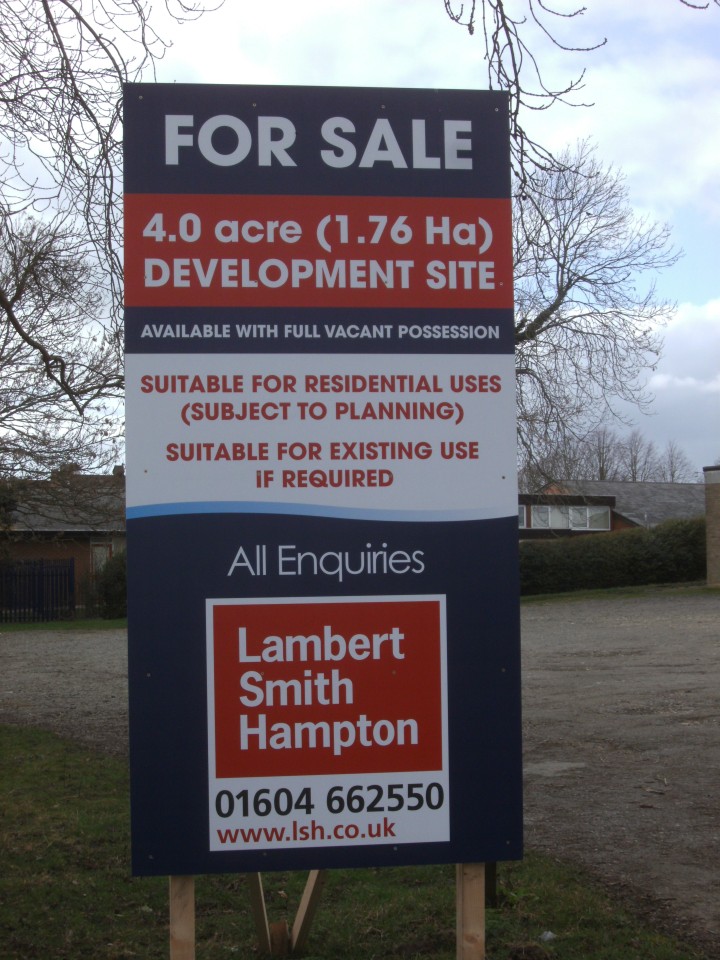At the Lent Assizes in Northampton in 1827, William S*****, aged 26, was convicted of sheep-stealing and sentenced to death, later commuted to transportation for life. A petition for clemency was presented on his behalf :
‘1 collective petition (3 people, William Brotherhood, minister; John Kein and Thomas Harris, the prisoner’s employers) on behalf of William S*****, silk weaver convicted at the Northampton Lent Assizes in 1827 for sheep stealing. Grounds for clemency: the prisoner’s first offence, of previous good character, has been driven to crime by unemployment, the prisoner’s wife is pregnant and dependent on him for support.’
The petition was rejected on the 4th May. On 26th May, he was moved to a prison hulk in Portsmouth, and on 13th August was one of 200 prisoners who sailed for Australia on the Asia,
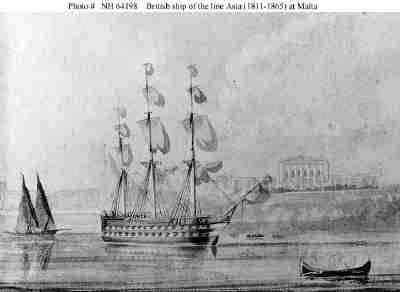
arriving in Sydney on 28th March 1828.
Given the habit of re-using the same limited number of names within my family, it is not easy to identify my precise relationship to this William S*****. (There was, for instance, another William S*****, who married Elizabeth Cook at Cransley on 14 Oct 1745, and who buried a daughter, Mary, at the same church on 3rd March 1750. Another (presumably), described as a ‘labourer’, married Elizabeth Wright (widow) in Kettering in 1780. Yet another (perhaps the son of the previous one) was born on 28th December 1782 and baptised at the Great Meeting independent chapel in Kettering.
It is also not easy to find out what happened to him once he had been transported, whether he lived and died in Australia or returned to England. Another William S***** (‘labourer’) was sentenced to seven years transportation for theft at the Old Bailey in 1844, but another, aged 70, is to be found in the census of 1871 living with a wife and two children in Wheathampstead, near St. Albans, though this is more likely to be another Wiliam S*****, also born in 1801, who had been baptised there.
It is said that telling the story of the life of an individual makes the past more vivid, but there is something about this undifferentiated, slew of William S*****s – from the one buried at St. Owen’s, Bromham, Bedfordshire in 1603, to that baptised in Dunstable in 1609, to the one admitted to the Northants Hospital in 1821, to that buried (aged 0) in Grafton Underwood in 1820 – that epitomises the history of the masses of England. They shared the same name, married women with the same names (Elizabeths, Janes, Eliza-Janes) (or vice-versa) and lived, died and were buried without having moved far from their birthplace (a few were lured to London, but most were to be found in Bedfordshire, Northamptonshire or Hertfordshire).
The William S***** who was transported in 1827 was, I think, either the Grandfather or Great-Uncle of my Great-Grandfather William S*****, baptised in Geddington in 1865, living and dying in a cottage I can dimly remember (my Great-Aunts still lived in it, before it literally tumbled down in the early 1970s). I am reasonably confident that he would have been the last member of my paternal family to have travelled abroad, until the third of my Great-Grandfather’s five sons, my Great-Uncle Ernest, a Private in the Bedfordshire Regiment, who was killed in France on 19th February 1917, aged 20.
It is not difficult to see how the typically English attitude to ‘abroad’ might have arisen : for hundreds of years it was seen as somewhere where you might be sent as a punishment, or where, if you did not look sharp, you might be sent off to fight : in either case you would be unlikely to return, at least not in one piece. But, as they were in no position to answer back in life, they cannot speak up for themselves now, and I do not seek here to dragoon them into the service of some argument.
******************************

My Grandparents’ mantelpiece was decorated with a small selection of ornaments : a clock my Grandfather had been awarded, I believe, for fifty years’ service in Munn and Felton’s shoe factory, a small copper bell of uncertain purpose, and a large box of matches, decorated with a drawing of a pair of slippers, inscribed ‘these are Dad’s‘.
As the 1960s progressed, these were supplemented by exotica : a little box featuring a flamenco dancer and a plush bull, blithely oblivious to the brightly coloured pipe-cleaner banderillas sprouting bloodlessly from its shoulder blades. These were presents from my father’s sister, who had joined the swelling wave of English tourists taking package holidays in Spain. On my cousin’s bedroom wall was pinned a poster for a bullfight, advertising his own name in place of that of the matador.
My aunt, unlike my father, had left school at fifteen, and remained in Kettering : she worked as a receptionist, and had married a local boy who worked in a shoe factory. Perhaps denied the opportunity to escape in the way my father had, she became the first family member to leave the country of her own free will, shooting off on voyages of exploration like a small peroxide Sputnik. In time, she ranged beyond Spain to Turkey, Tunisia and Egypt : when she returned, she would prove it by playing us cine films, which would be projected onto a white screen, unscrolled on to her living room wall. In them she would walk barefoot on the beach, backlit by the sun setting over the Mediterranean. At the time, these films were silent, although when they were transferred to DVD, a suitable soundtrack of light orchestral music (in the style of Mantovani) would be added. She had become a film star in her own films.
This desire to escape also found expression through moving house : her record was thirteen times in a single year, each time from one part of Kettering to another. My father, meanwhile, who never took foreign holidays, eventually returned to live in Kettering, conscious, I sometimes suspect, that what he was attempting to return to was no longer there.
******************************

At about the time that my aunt’s voyaging was at its height, Kettering achieved a small degree of national fame (previously, most people, confusing it with Catterick, had associated it with an army base and a racecourse). With Ron Atkinson as player-manager, Kettering Town narrowly failed to be admitted to the football league, and it was mentioned in a sketch on ‘Monty Python’s Flying Circus’, in which ‘Mr. Smoketoomuch’ walked into a travel agent and enquired about a holiday to India, before embarking on a furious diatribe about his dissatisfaction with package holidays :
‘Yes, you’re quite right. I’m fed up with being treated like sheep. What’s the point of going abroad if you’re just another tourist carted around in buses surrounded by sweaty mindless oafs from Kettering and Boventry in their cloth caps and their cardigans and their transistor radios and their Sunday Mirrors …’
Kettering had, I think, only been dragged into this in the service of a joke about Mr. Smoketoomuch being unable to pronounce the letter C, but it did nothing good for its reputation, nor that of Watney’s Red Barrel, package holidays in general, and, in particular, the resort of Torremolinos :
‘and one evening you visit the so-called typical restaurant with local colour and atmosphere and you sit next to a party from Rhyl who keep singing ‘Torremolinos, Torremolinos’ and complaining about the food …’
******************************

‘Once a small coastal village dotted with torres (towers) and molinos (windmills) ‘Terrible Torre’ became a byword for tacky package holidays in the 1970s, when it welcomed tourism on an industrial scale and morphed into a magnet for lager-swilling Brits whose command of Spanish rarely got beyond ‘dos cervezos, por favor’.’- the Lonely Planet Guide to Andalucia
In the 1950s and 60s, Torremolinos had been a byword for louche bohemian glamour. Jean Cocteau was arrested, having been discovered under an upturned boat with a matelot (something about this suggests an incident from the film ‘Carry On Abroad’ – I picture him portrayed by Charles Hawtrey) ; Gala Dali was the first woman to be photographed sunbathing topless on a Spanish beach ; Frank Sinatra spent a night in the cells after an altercation with a photographer (he left, vowing never to return). Some of this would have made its way into the English newspapers (if only ‘Titbits’ and ‘Reveille’), and suggested it to their readers as a more affordable alternative to the traditional haunt of film stars and topless bathing in English newspapers, the ‘Cote d’Azur’.
It continued to attract a bohemian crowd, if of a less well-heeled kind, particularly of North Americans, some attracted by its portrayal, in James Michener’s novel ‘The Drifters’, as an unexpected haven, in Franco’s Spain, for drug-taking and sexual licence (interrupted only by a crackdown in 1970 that saw the arrest and expulsion of more than a hundred homosexuals). It also made a home for one prominent ex-Nazi and a few English criminals escaping extradition. But this slightly gamey idyll, as the decades progressed, is alleged to have been swamped by the, by now, tidal wave of newly liberated British, including, no doubt, a few mindless sweaty oafs from Kettering.
******************************
I only spent one day in Torremolinos, and that in November, a long way from the high season, but my impression was that the tide has now receded, uncovering something of the resort that had been there before. In the narrow lanes leading from the main street to the sea there were souvenir shops, speaking the cheerful esperanto of tat with a Spanish accent (still those familiar bulls and flamenco dancers), but there were also (artfully Instagrammable) colour-coordinated pots of flowers fixed to the whitewashed walls, a small church with a gilt-boxed Madonna, feral black cats dozing amid the flies at the foot of the cliffs, and a blue horizon that, as an artist I was reading about only the other day, but whose name I cannot remember, pointed out, is the only sight in the world that we can share with our neolithic ancestors.
(As you can see, that urge to bring back visual trophies has not receded.)
On the seafront, local boy Picasso’s painting (I picture him as Sid James to Hawtrey’s Cocteau) ‘Women running on the beach’ (like my aunt) has been monumentalised, in tribute to, as a plaque explains, the beaches, which together with the sun, allowed Torremolinos to become a ‘municipo turistico’. (They might, equally, be running from those hotels.)
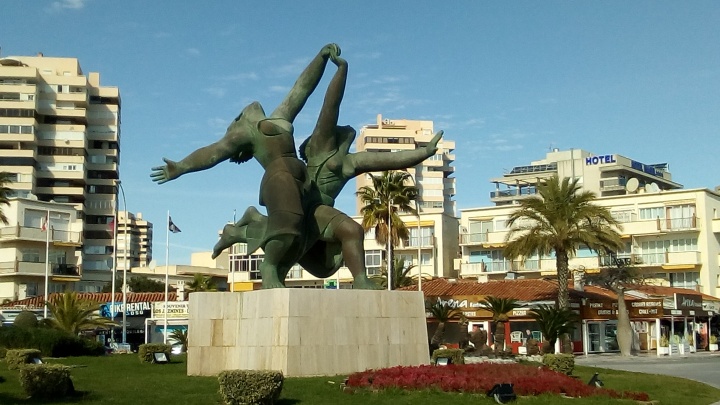
The British presence was muted. The first thing you pass after leaving the station is a lightly disguised version of Poundland, but then a short walk up the main street brings you to the ‘Plaza de la Union Europa’ (the Square of the European Union), at whose centre is another statue (like that of the running women, commissioned by the ‘flamboyant’ ex-Mayor Pedro Fernandez Torres), of Europa, mounted on Zeus in the form of a white bull, and brandishing that familiar diadem of stars. The inscription explains the legend and concludes :
‘EUROPA conferred her name to the continent that for two thousand five hundred years has led in the culture and development of humanity and that in 2004, in the figure of European Union, has achieved for the first time in human history the conscious and exemplary political and economic alliance between 25 different countries of the most heterogenous customs, races and religions.’

Each member country of the European Union has a tree dedicated to it in the square, identified by a plaque. That dedicated to the ‘Reino Unido‘ has pride of place, positioned directly behind the bull, offering a perfect view of its finely sculpted backside. I hope that tree will be allowed to remain, even if its plaque has, in time, to be removed.






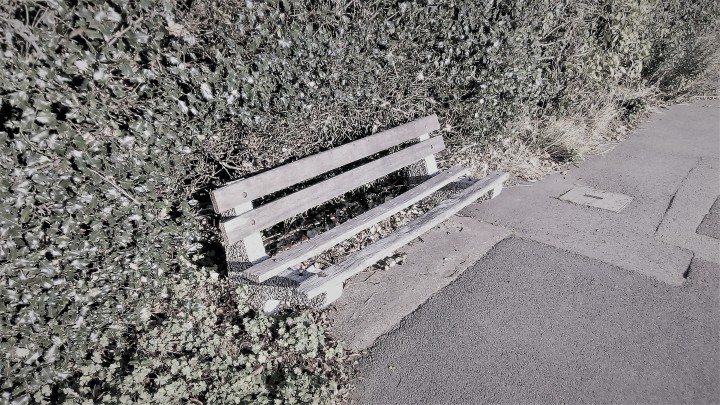




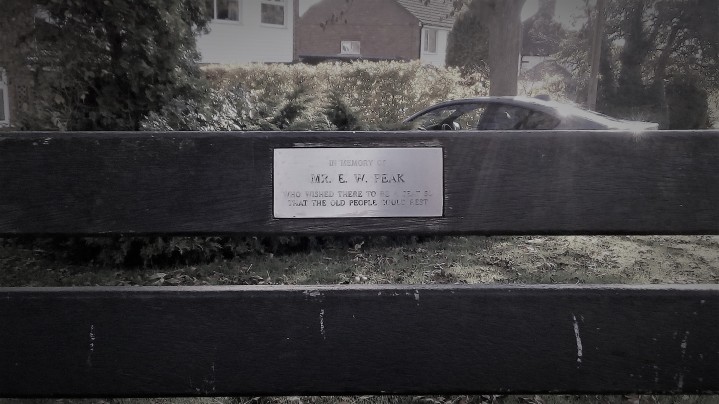
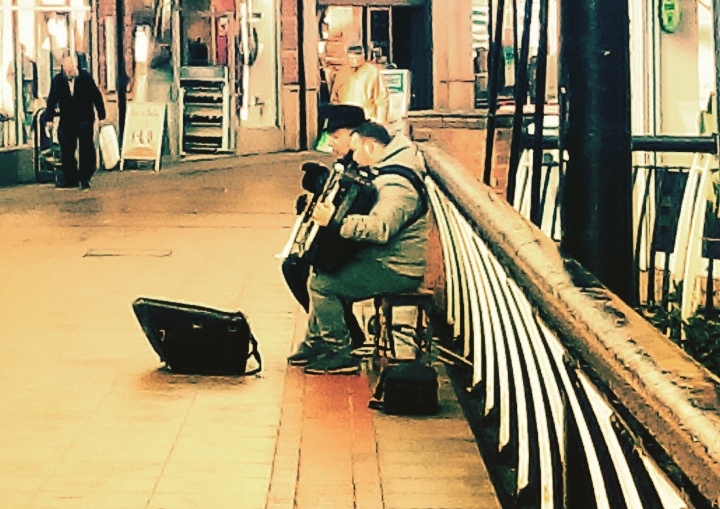


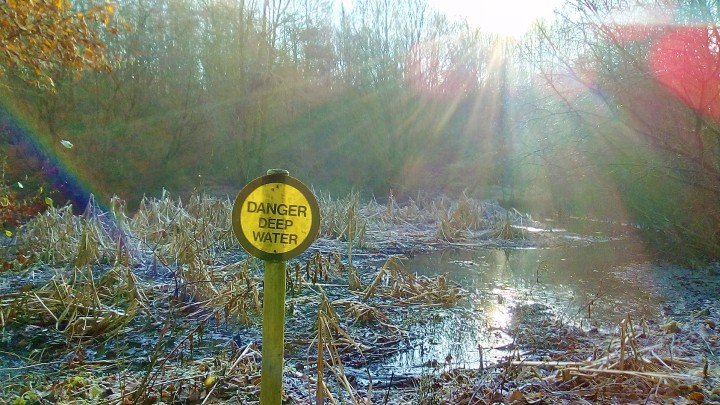


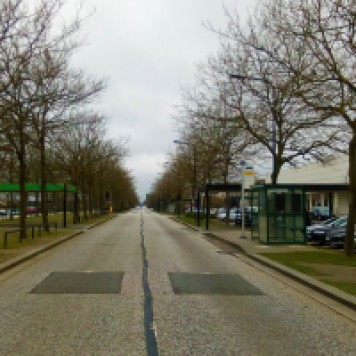











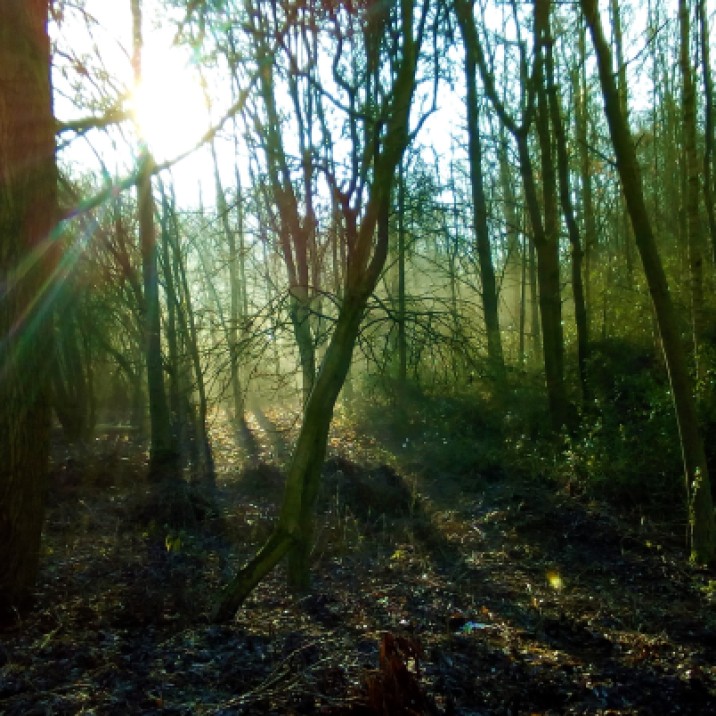
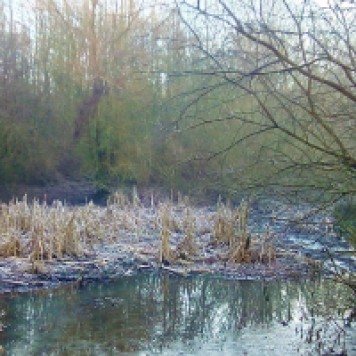


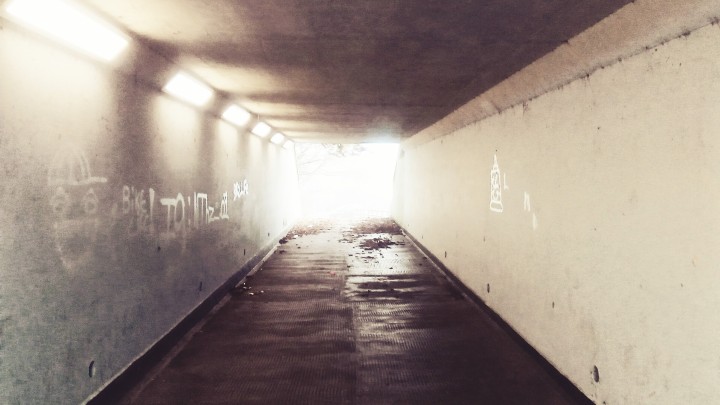
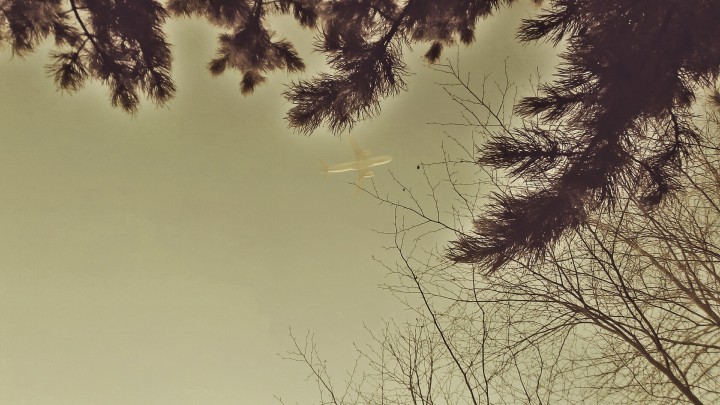
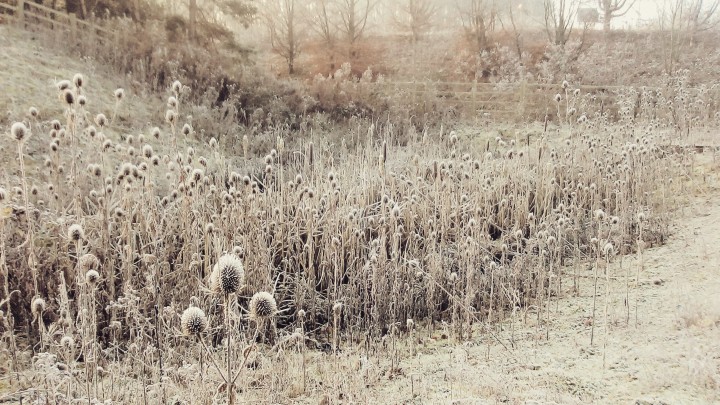

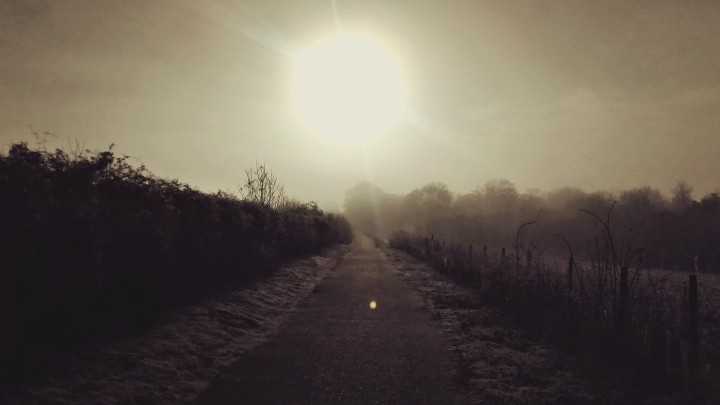

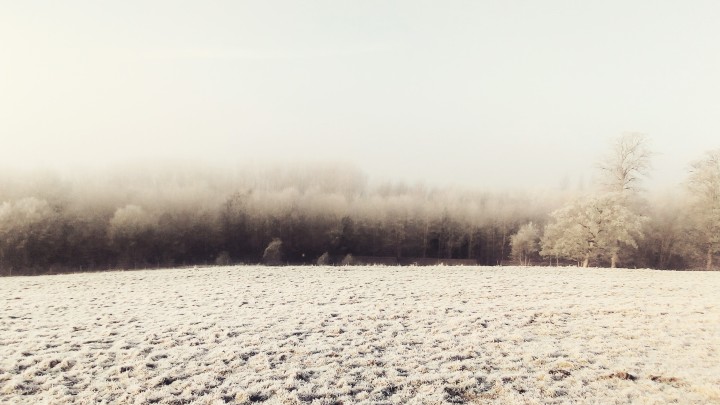
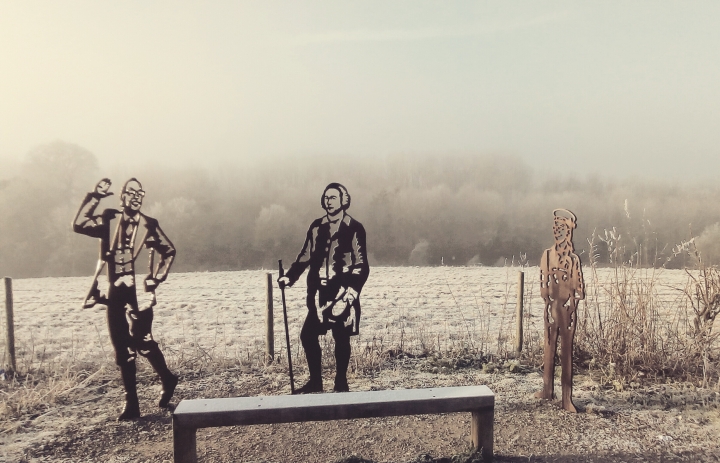
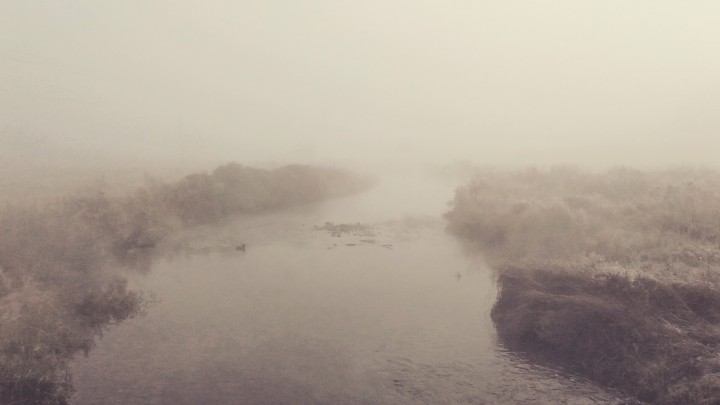
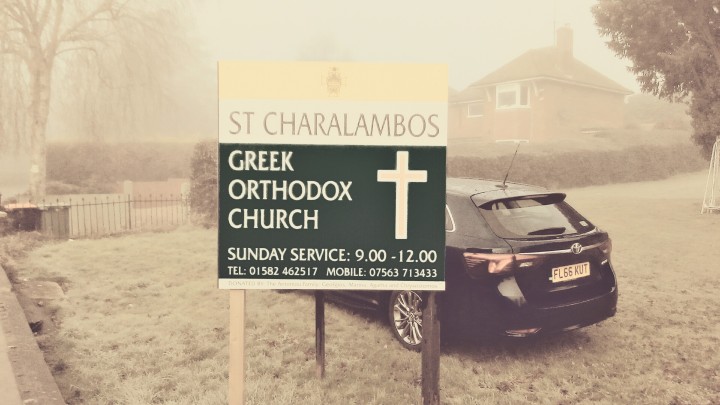



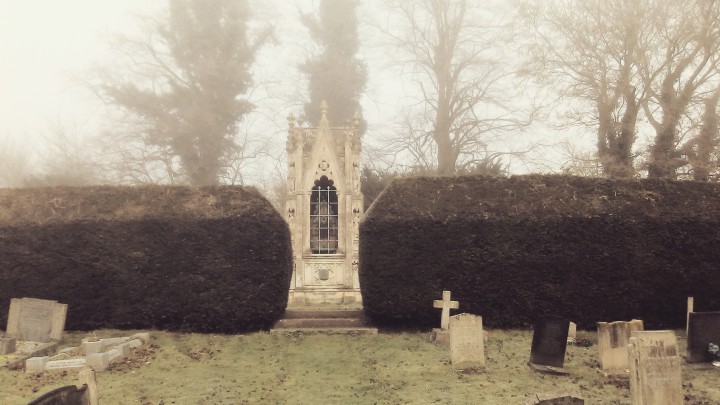

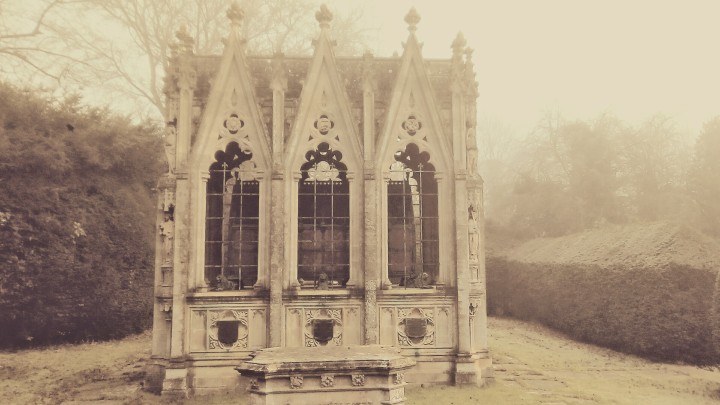




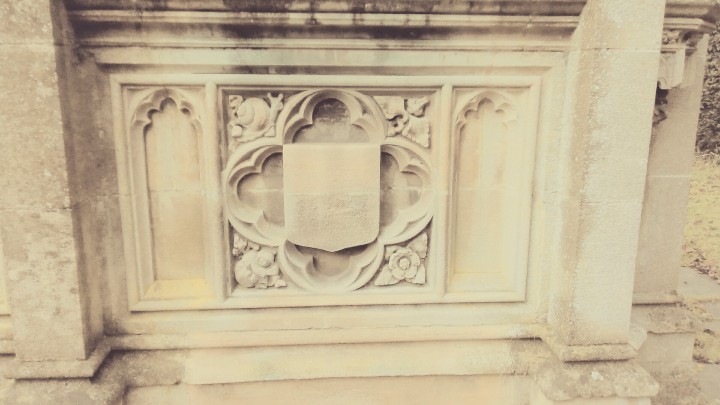
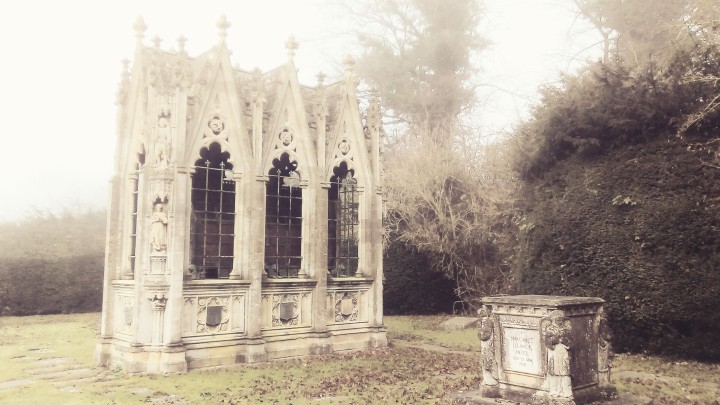

 “The only thing romantic in the Midlands is the names of the professional football clubs – and football, generally speaking, is not a romantic game …
“The only thing romantic in the Midlands is the names of the professional football clubs – and football, generally speaking, is not a romantic game … 


